On March 8, the state of Minnesota is slated to begin its trial against Derek Chauvin. He is on trial for second-degree murder and second-degree manslaughter for allegedly killing George Floyd. The state could also take up a charge for third-degree murder, as reported by the Star Tribune.
He will be tried separately from the three other former Minneapolis police officers involved in Floyd’s death. Their trial is in August.
Chauvin’s trial will be livestreamed on Court TV, making it available for people worldwide and across campus to watch. Court trials can get confusing, especially for people who normally do not pay attention to them.
Here is what to expect in court.
Court process: Jury selection
The first part of the trial will consist of voir dire, or jury selection, which can take about three weeks.
The jury will consist of 12 people — with four alternates — who will be chosen by the prosecutors and defense.
Normally, attorneys strive to find jurors who have never heard of the court case, but because this is a highly publicized case, they will be looking for jurors who have not made up their minds regarding Chauvin’s guilt, said Dr. David Schultz, a visiting University of Minnesota law professor.
The court will start with a group of people and will interview them individually to determine if they will be a good fit for the case.
When deciding jurors, attorneys can dismiss people in two ways: using a “for cause strike” or “peremptory strike.”
A for-cause strike means that an attorney can explain with a good reason why they are letting a juror go.
“The defense will not want to have a person on the jury panel who says, ‘All cops are bad.’ That’s someone that defense is going to strike immediately,” said Abigail Cerra, a Minneapolis attorney and commissioner on the Minneapolis Police Conduct Oversight Commission.
With a peremptory strike, attorneys do not have to explain why they sent a juror away. The prosecution could dismiss a juror if they feel that person has a racial bias, even if they have not been outwardly racist. For that reason, both sides have finite peremptory strikes, Schultz said.
Chauvin’s defense will be allowed 15 peremptory challenges, and the state will be allowed nine.
A Batson challenge is likely to come up several times during this trial, Cerra said. If the defense strikes a juror because of their race, gender, ethnicity or religion, the prosecution can use the Batson challenge to question that decision, though Cerra said that a Batson challenge can be difficult to bring forward.
“A prosecutor will never say the words, ‘I am removing juror number six because they are of a different race,’” Cerra said. “But sometimes the facts surrounding that removal will lead a judge to say, ‘Yes, that’s an appropriate challenge, and that juror will stay in the pool,’ or ‘No, the prosecution is allowed to remove that juror.’”
Court process: Testimony
On March 29, the prosecution and defense are scheduled to begin their testimonies.
During the testimony part of the trial, the prosecutors and defenders will give their arguments.
In a court trial, the prosecutors have to prove that the defendant is guilty. “[The defense doesn’t] have to prove he’s not guilty. They merely have to poke holes in the prosecution’s arguments,” Schultz said.
The prosecution will have to prove both “actus reus” and “mens rea” for Chauvin to be found guilty on both accounts. “Actus reus” would mean that Chauvin caused Floyd’s death, and “mens rea” would mean he acted with culpable negligence or he knew his actions could harm or kill Floyd.
The prosecution will use the video of Chauvin with his knee on Floyd’s neck, Floyd’s autopsy, the police training Chauvin received and various witnesses and expert witnesses, according to Schultz. The defense will also use Floyd’s autopsy and expert witnesses as well as police body camera footage.
The county’s autopsy noted that Floyd died by homicide, but that he also had heart disease, had drugs in his system and was positive for COVID-19. The defense and prosecution will use the autopsies differently during testimony.
Once both sides give arguments, the jury will be sent away to deliberate and decide. Schultz estimates deliberation could take one to two weeks. During this time, the jury will talk over the evidence and can come back into the courtroom at any point to ask questions or look at pieces of evidence again.
The jury has to come to a unanimous decision for Chauvin to be found guilty.
“Let’s say 11 people find Derek Chauvin guilty of manslaughter, but one person holds out and says, ‘I have reasonable doubt.’ At that point, we basically have a hung jury,” Schultz said. “If there’s a hung jury, it’s a mistrial.”
In that scenario, the defense would not be trying to convince the entire jury that Chauvin is not guilty — only one person. A mistrial could get the charges dismissed, allow Chauvin to work out a plea bargain or lead to another trial.
Andrew Gordon, the deputy director for community legal services at Minnesota-based Legal Rights Center, said testimony will likely last four to six weeks.
“We will not be looking at a verdict until late April to early May,” Gordon said.
Regardless of the verdict, Chauvin could be in court for years. If found guilty, his defense will likely appeal the decision to higher courts. If found not guilty, Chauvin could face federal charges.
Cerra warns the public against comparing the Chauvin trial to TV court shows, as they are wildly different.
“All trials are tedious — it’s just a function of the law. There’s a lot of rules of evidence, rules of court. It’s not just a narrative process where someone comes in and gives their testimony and walks out,” Cerra said. “It is really not intuitive.”


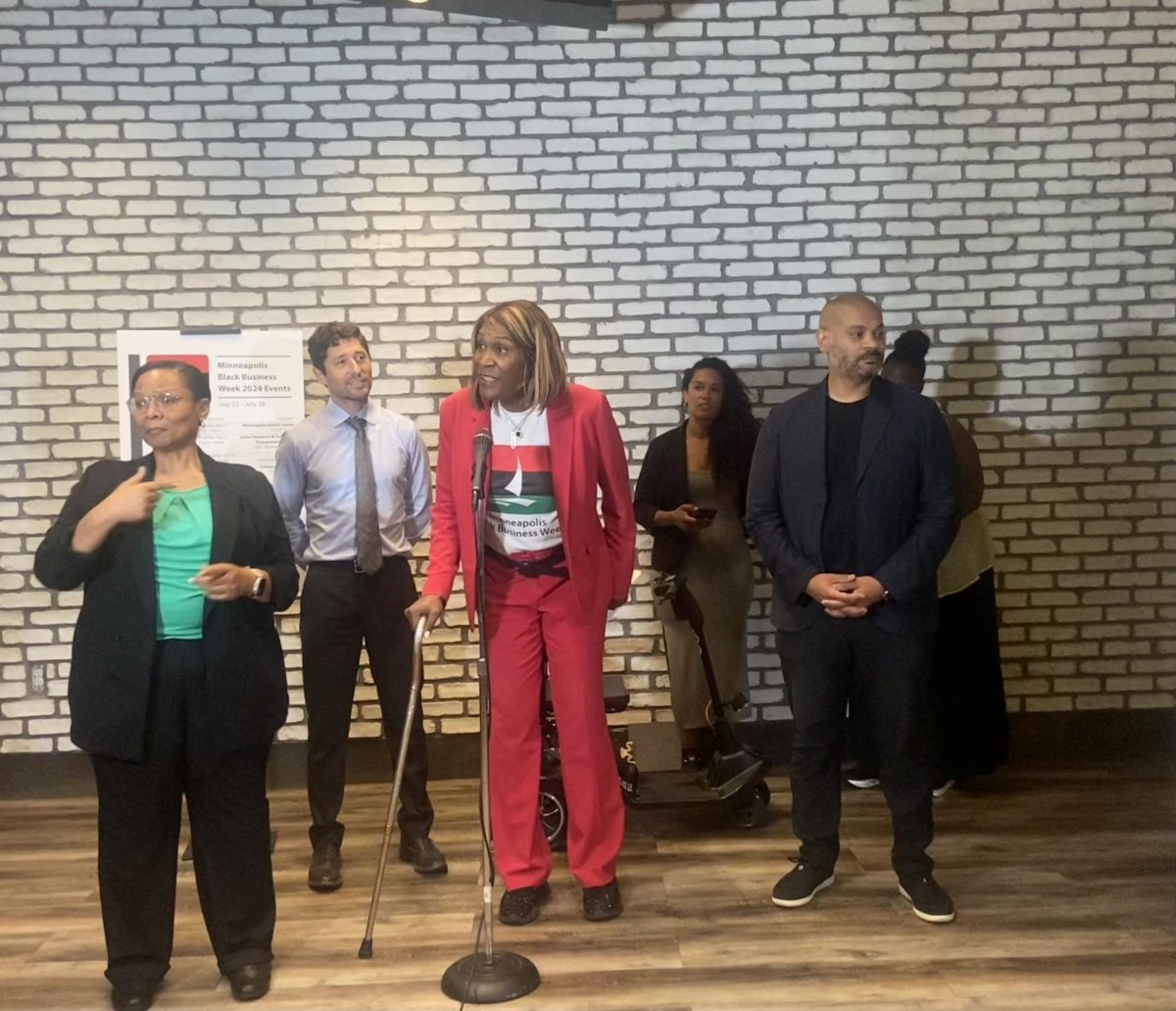



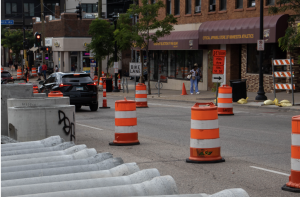



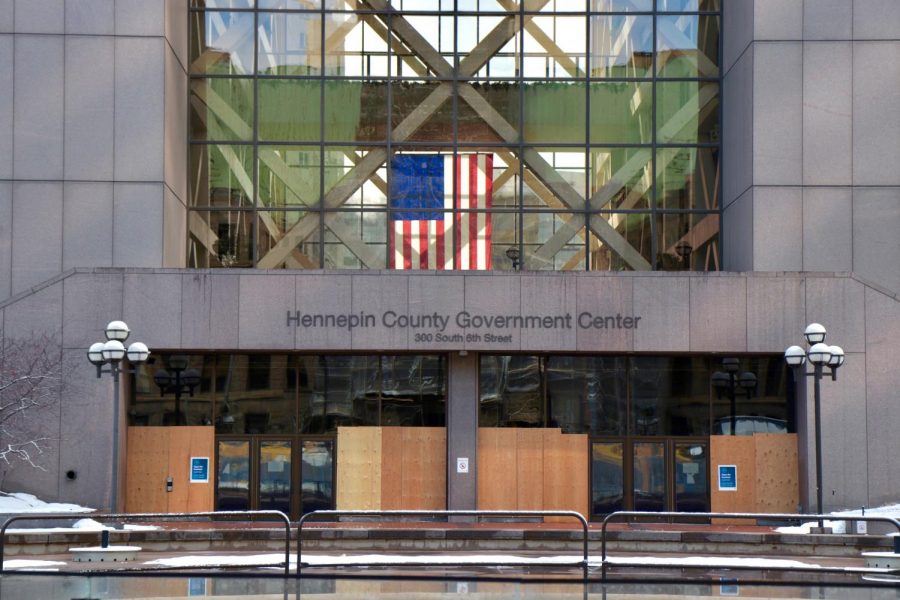
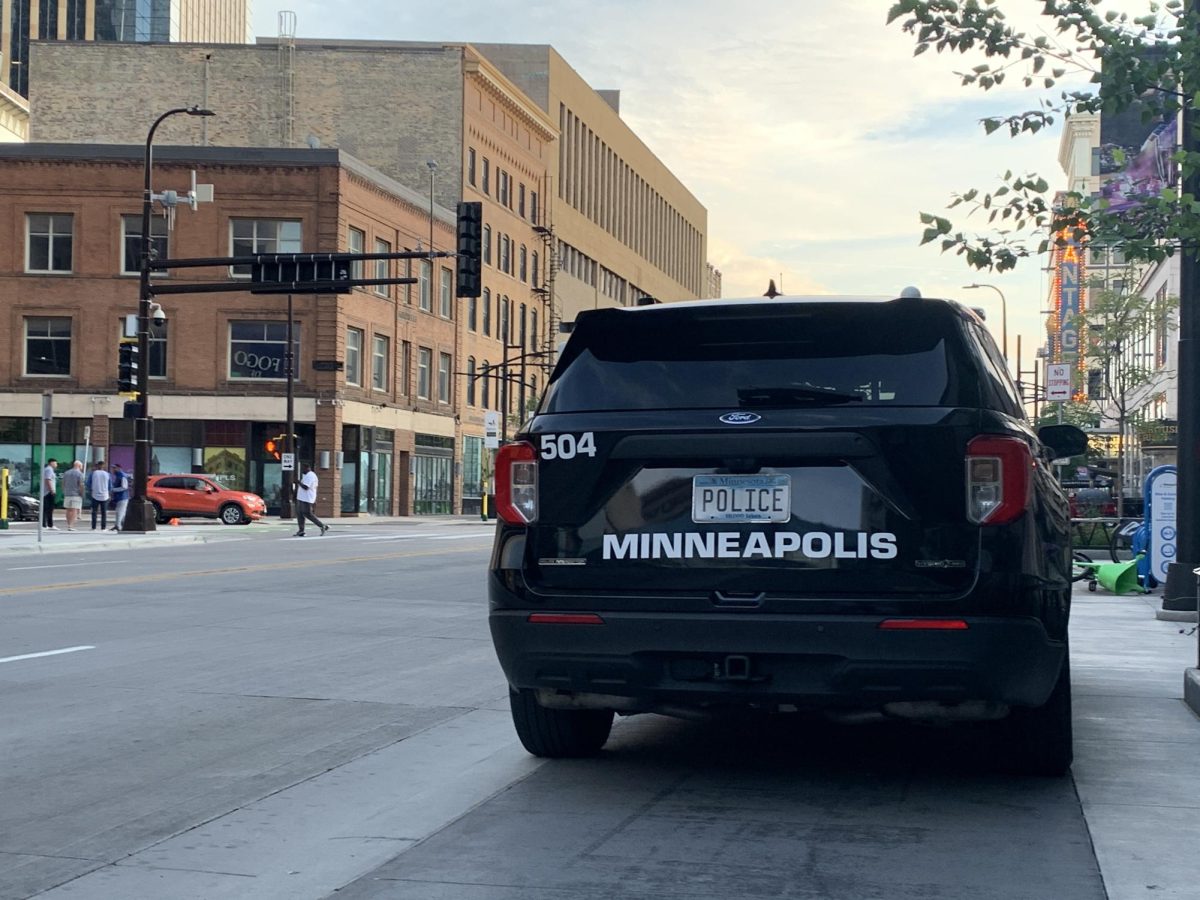


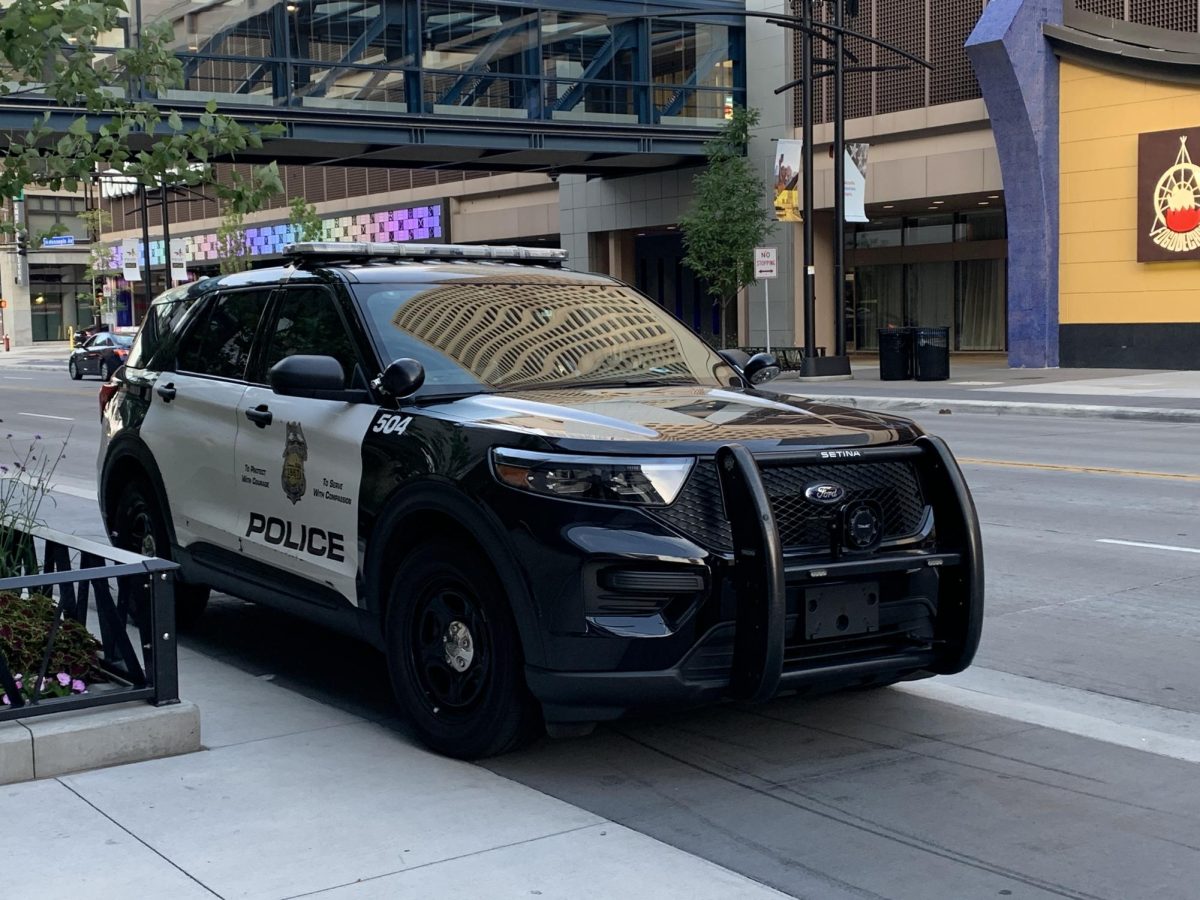
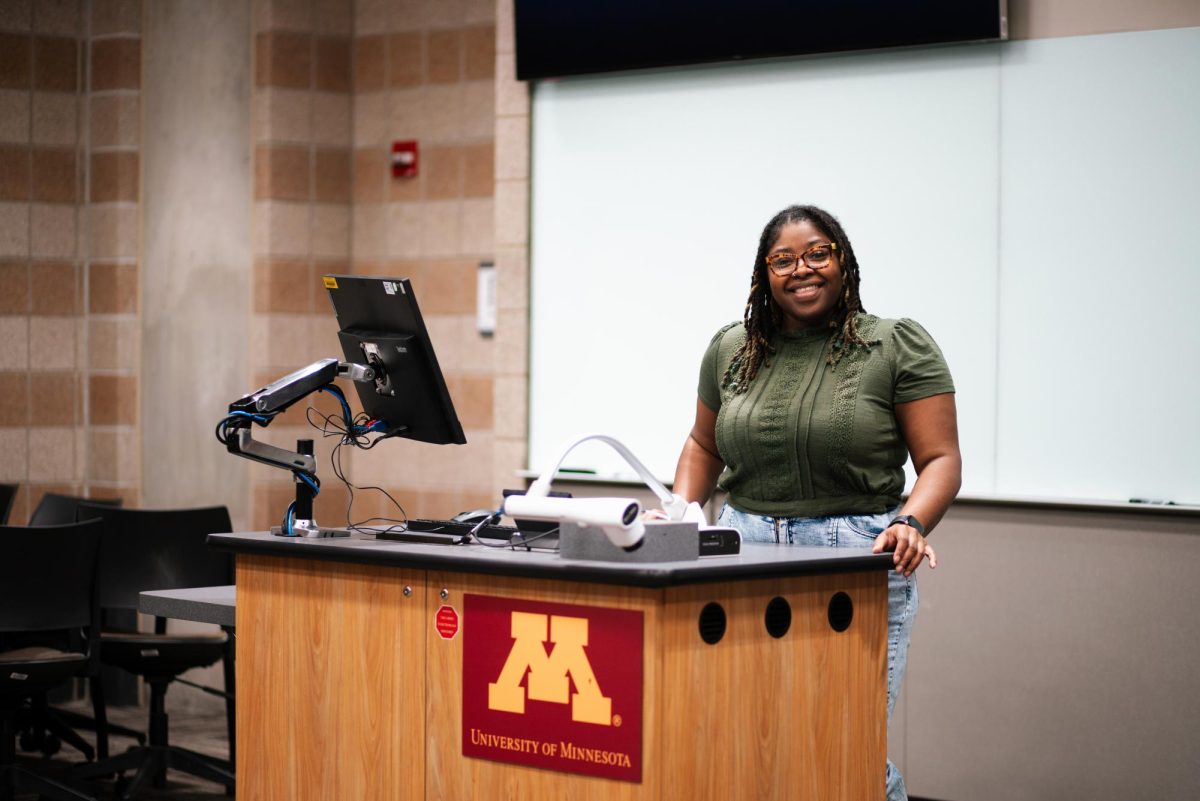
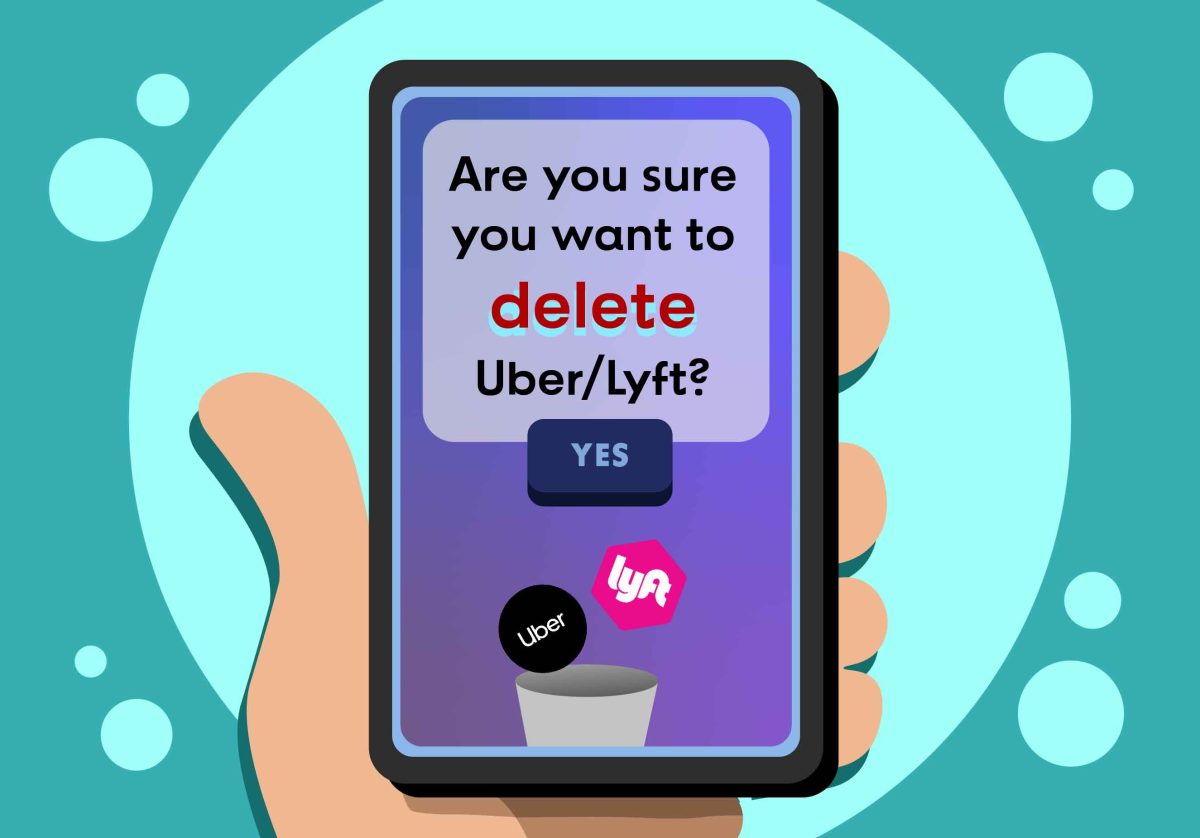
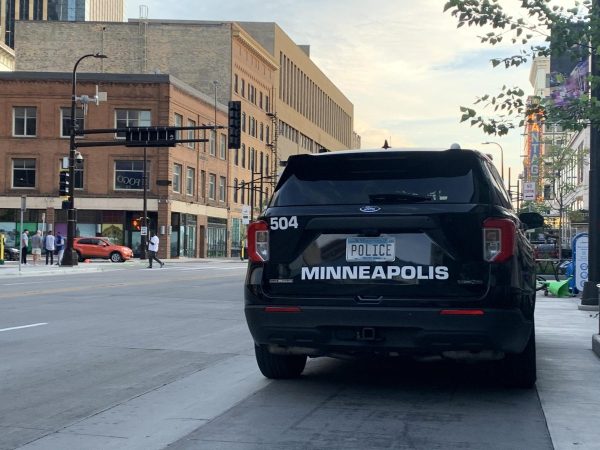

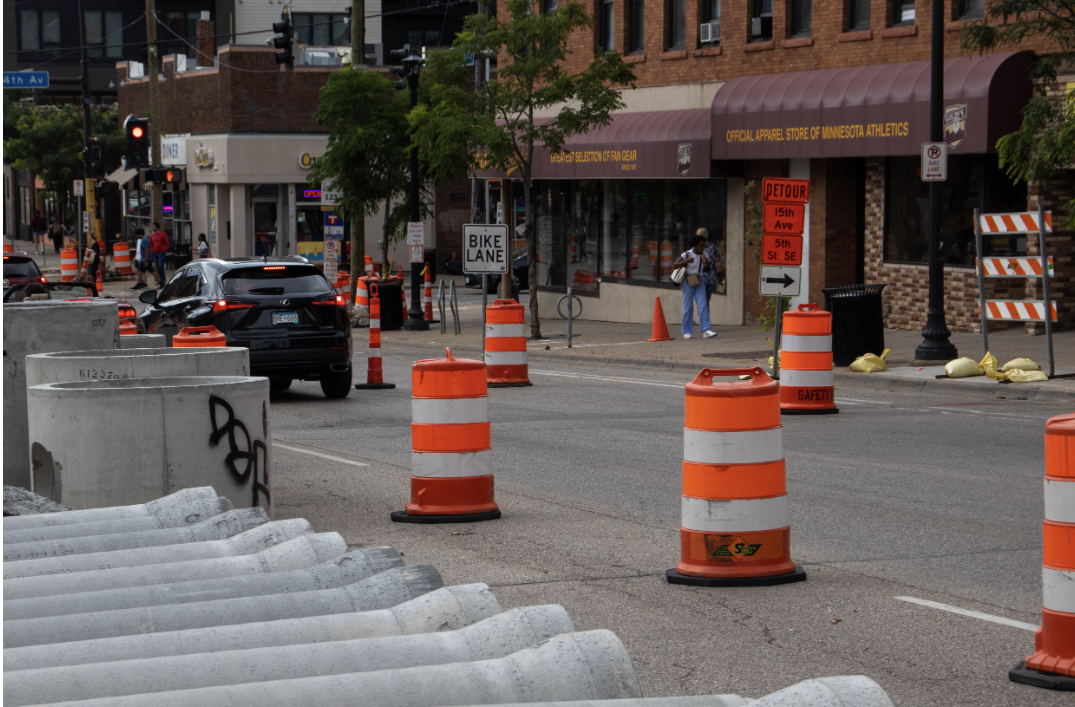
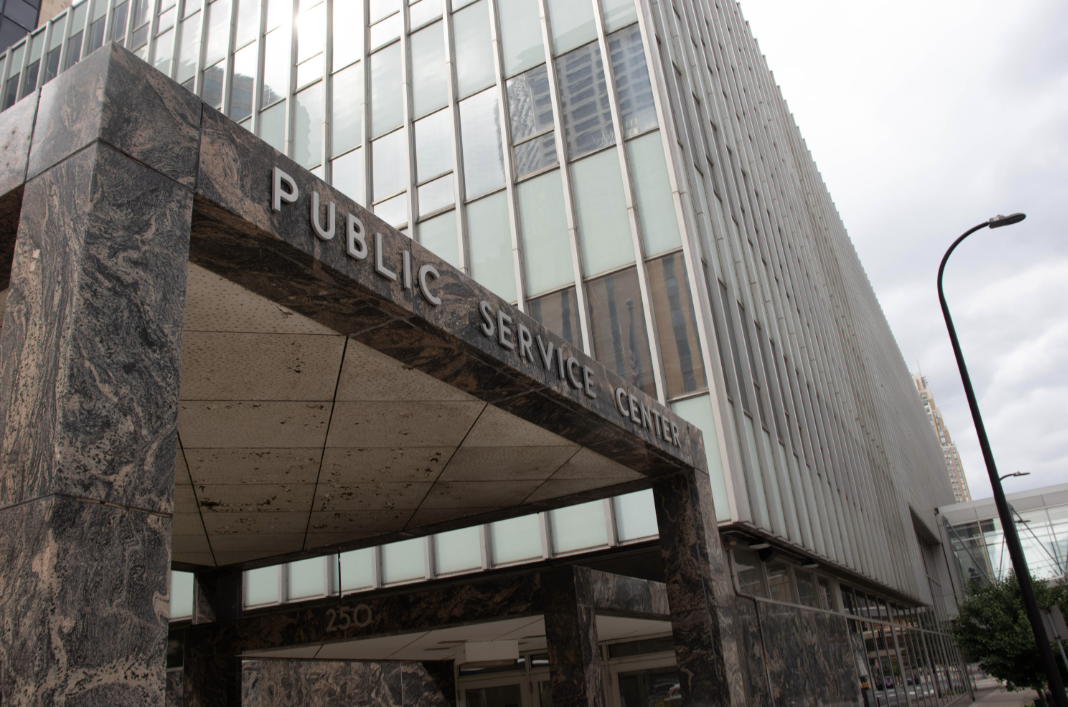


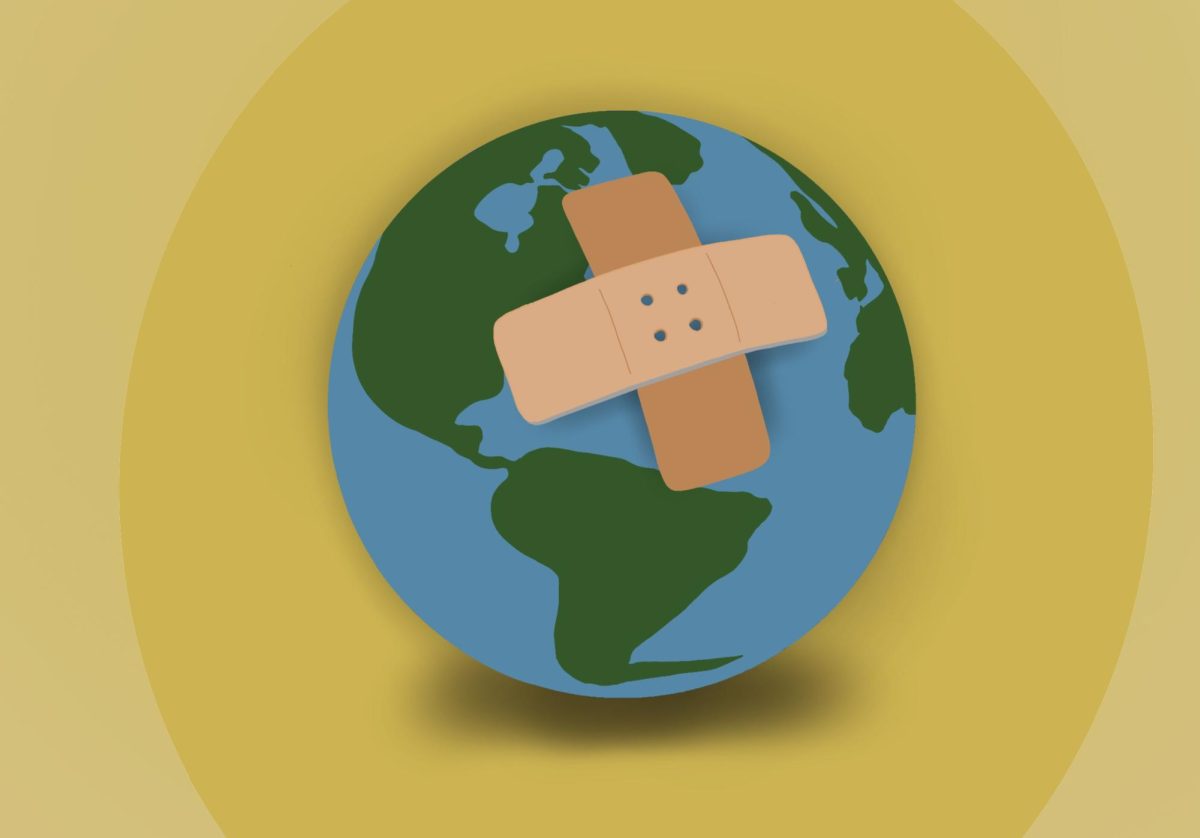

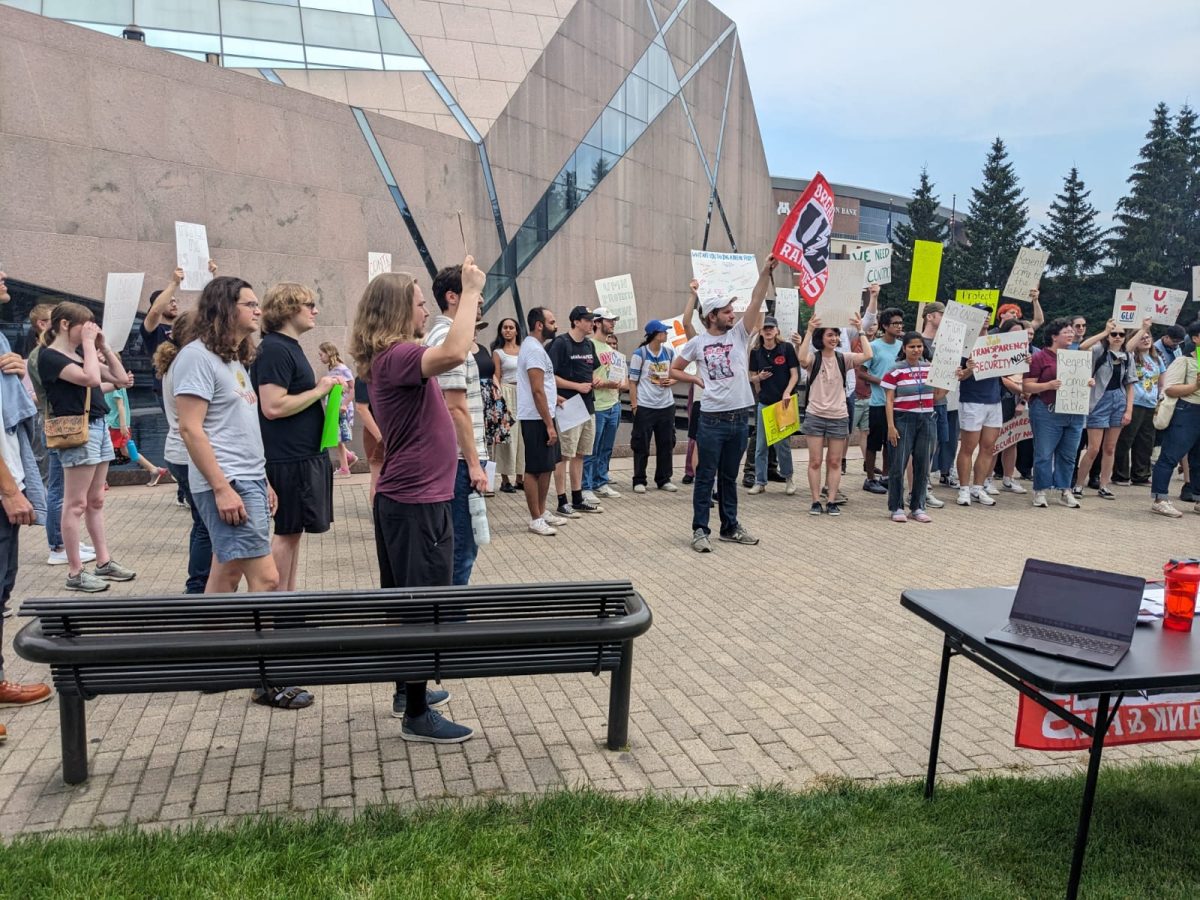



MrPoohead
Jan 19, 2022 at 11:53 pm
Best leave America then. Worse homicide rate than Cuba and Iran!
Laurie makin
Jun 29, 2021 at 4:22 am
I feel that it’s really sad what happened to George Floyd he did not deserve to loose his life over a 20 dollar counterfeit bill because how do we know that he even knew that is was counterfeit maybe that 20 dollar bill was passed onto him and maybe he didn’t even know and it ended up costing him his life why wouldn’t the police question him and find out if he even knew it was counterfeit even if it was counterfeit the charge would have been a misdemeanor if that because nobody knows but George Floyd who is unfortunately no longer with us to tell us his side of the story who knows if he would have even been charged because he didn’t get a chance to tell his side of the story instead he was handcuffed and being taken into custody and who would ever guess that he would loose his life officers are suppose to protect and serve the community so when someone is yelling I can’t breathe as a officer your suppose to radio for help there were three other officers George Floyd was handcuffed what possible harm could he do to anybody he couldn’t run he could not reach for a weapon so why did he have his life taken it’s a question we all have and a answer that George Floyd knows it’s sad very very sad
A Gopher
Jun 14, 2021 at 5:36 pm
You’re commenting off of a parent statement that glorified violent criminals. Maybe don’t comment on an item from 3 months ago. Try to keep up, Bubby.
plt
Jun 13, 2021 at 2:26 pm
BS if BLM cared for blacks tell me who they helped did they help the black business owners who stores they distroyed or the people they killed did they even offer any help to the black comunitys. NO they only helped themselves
plt
Jun 13, 2021 at 2:21 pm
You need to do your home work on numbers of who is killed and numbers its not as bad as your led to believe
plt
Jun 13, 2021 at 2:19 pm
How about they dont want to be in a crime ridden area and are willing to work 2 jobs to keep their kids there. Also in my neighbor hood we have Asians ,blacks and Mexican same goes for them not wanting to live near an area thats high in crime dont blame the people that dont want the crime rate just the peace and quiet. Until the people in those areas join with police and clean up their area of crime no one will willingly buy there
A Gopher
Jun 9, 2021 at 4:28 pm
ROFL, you made this ignorant comment after three children were shot in the head due to gangland violence. Ok, Boomer!
Cornpop was a bad dude!
Jun 6, 2021 at 12:08 pm
George Floyd was as POS, violent felon of a loser. GFY.
Cornpop was a bad dude!
Jun 6, 2021 at 12:08 pm
You might want to loosen your tinfoil hat as it’s cutting blood flow off from your @ss.
Cornpop was a bad dude!
Jun 6, 2021 at 12:07 pm
Actually, honey, it’s true.
Jack Ross
Jun 4, 2021 at 8:48 pm
All lies
Jack Ross
Jun 4, 2021 at 8:47 pm
wrong
Jack Ross
Jun 4, 2021 at 8:46 pm
Looks like you were VERY wrong
Jack Ross
Jun 4, 2021 at 8:46 pm
In what way?
Jack Ross
Jun 4, 2021 at 8:44 pm
that’s simply not true. Just because it didn’t make national headlines doesn’t mean we don’t care. Stop pushing that false narrative.
Jack Ross
Jun 4, 2021 at 8:42 pm
Everyone should care when a life is taken. Whether it’s by someone in a position of power or not. But you don’t seem to care at all. Do you want us to ignore the fact that someone was murdered? Whether you believe they’re innocent or not, no one deserves to be killed and have their murder go unnoticed/ignored. All we’re trying to do is bring to life a murder, it almost seems as if you would prefer if we ignored it……..
Jack Ross
Jun 4, 2021 at 8:38 pm
You clearly didn’t read anything I said about mentoring young children away from gangs. But keep pushing this narrative that gang violence and culture is still a huge problem today. You are aware that is isn’t the 80’s and 90’s right? Gang culture/violence is nowhere near as prevalent a problem as it was during those decades. And stop bringing up Chicago as if you know anything about that city outside of what you read in an article online.
ImOpining
Apr 20, 2021 at 6:51 pm
I believe that over nine minutes, while handcuffed was far too long. I agree with the manslaughter charge. But all of this looting and violence has nothing to do with Floyd. Just an excuse for criminals to be criminals. And they won’t stop. They passed out fliers yesterday calling for violence in Portland regardless of the verdict.
Mikey Las Vegastan
Apr 10, 2021 at 4:36 pm
No shit Stealth, the bullshit Jack Ross is peddling here is atrocious!
Mikey Las Vegastan
Apr 10, 2021 at 4:28 pm
You’re a bitter bigot Anwenn. Your narrative is completely false. Yes, White Flight does occur, but so does Black Flight and in Chicago’s suburbs where esp after 1968, Black Americans ran to the south and west suburbs in droves cupcake! Were they running away from other Blacks? Yes, maybe they were, but they also wanted a less corrupted living than the city was offering. In fact the highest Black-American income level in America is in Chicago’s south suburbs today as well as one of Illinois very best HS Districts in Homewood/Flossmoor IL. Get your bitter biased and bigoted head out of your own rear end and get yourself educated instead of puking out Toxic Progressive Hate Narratives that aren’t true and haven’t been in over half a century Bigot Girl
Mikey Las Vegastan
Apr 10, 2021 at 4:39 pm
Be prepared for a NOT GUITY verdict, cops deal with black on black genocide every day in ever city and juries aren’t stupid.
Mikey Las Vegastan
Apr 10, 2021 at 4:37 pm
Sorry Jack but white criminals still suffer more injustice
Mikey Las Vegastan
Apr 10, 2021 at 4:34 pm
Your reprobate hate is nauseating. If you don’t know the cop that killed Rice was wrecked then you’ll buy any bullshit out there. He made a mistake based on police dispatch info given to him and met up with a GIANT-sized little boy waving a gun around was what the call to 911 said.
Roger Jones
Apr 2, 2021 at 4:07 pm
Why does the Chauvin trial require a unanimous decision? Is this usual?
Factsnotfeels
Mar 29, 2021 at 3:59 pm
Your comments and premise are ridiculous, unsubstantiated, fallacious and specious.
Factsnotfeels
Mar 29, 2021 at 3:58 pm
Ben Crump is a racist, a charlatan/grifter, a race baiter and a bigot. The actual facts of the case don’t support the settlement: the full bodycam video of the officers disproves the entire premise, use of force policies which are authorized and approved by the Mayor and City Council provided for the specific restraint tactics used inclusive of kneeling on his neck, he was a known VIOLENT criminal and drug user, he had a lethal dose of fentanyl in his system along with meth and other intoxicants, he was 6’7″ and 265 lbs and resisted arrest.
A Gopher
Mar 6, 2021 at 10:43 am
This is a feelings-based news rag. Facts have no place here!
ohshitlisa
Mar 4, 2021 at 8:50 am
The George Floyd Police Reform Bill — https://www.npr.org/2021/03/03/973111306/house-approves-police-reform-bill-named-after-george-floyd?utm_term=nprnews&utm_campaign=npr&utm_source=facebook.com&utm_medium=social&fbclid=IwAR1Dq4CII2x0vV6Nt852QXqUGgKxqk9udUu35Gtsxr0_T6mjcz2evQPIHrQ
Stealth Ignition
Mar 4, 2021 at 5:31 am
Its not just cops, its Whites. Even if a rival gang memeber was killed by a White, they would side with their enemy. The enemy of their enemy’s is their friend.
This is what BlM is all about.
A Gopher
Mar 4, 2021 at 9:10 am
Oh, I see now. It’s not about Black Lives at all it’s about white people with too much power, gotcha. So when a black child is murdered by someone without “power” that is reason you move on so quickly, but if a cop does it… oh boy!
ohshitlisa
Mar 4, 2021 at 8:52 am
we care b/c it’s about ABUSE OF POWER. too bad you don’t get that.
Anwenn
Mar 4, 2021 at 7:35 am
It’s an interesting point you bring up about white people choosing to live in the whitest parts of town. I think the issue there is they are choosing to live in the more privileged and higher income levels of town which are predominantly white while most Black and other POC are not given the same level of opportunities to build up their housing, schooling and other basic standard of living. The poverty levels have always been higher and the communities under funded so why would ANYONE choose to live in these areas? I can’t think of anyone who was able to raise themselves out of that level of poverty but didn’t.
Many people still support their communities and even live near them but I think the other part of the issue is the degree that the higher income communities go to in order to avoid letting Black people live near them or helping lower income level areas. There also still the ‘convenient’ attitude that ‘they’ don’t want to help themselves.
Stealth Ignition
Mar 4, 2021 at 5:28 am
You need to step up OG Jack Ross because no one is buying the sh#t you are selling.
Stealth Ignition
Mar 4, 2021 at 5:26 am
Thats untrue on so many levels. No body is in jail for jaywalking or small time misdemeanors. If so George Floyd would have been buried under the jail for the felonies he committed over and over again.
A Gopher
Mar 3, 2021 at 4:51 pm
Rings too true for you, I suspect. Why is it then that we only celebrate the lives lost to officer involved actions and not the multitudes who die to non-officer offenders? If all Black Lives Matter why are some instantly forgotten? What about D’Zondria Wallace and her three children. No protests, no riots, nothing. You are interested in fake social media points fueled by phony outrage. You couldn’t care less about blacks unless they’re killed by a cop.
Factsnotfeels
Mar 3, 2021 at 10:23 am
The autopsy will be critical in this process as Mr. Floyd was high on fentanyl, methamphetamine and other intoxicants in his system at the time of his death. In particular a lethal amount of fentanyl. He was a known violent criminal responsible for armed, home invasions and shoving a loaded handgun into the belly of a pregnant woman. He was a very big man and in obvious distress for the entirety of the more than 1/2 hour of contact recorded on the bodycams. He resisted arrest, was disoriented, physical, etc.
DFL
Mar 3, 2021 at 3:57 pm
This argument is just stupid
A Gopher
Mar 3, 2021 at 12:31 pm
What about all the young children and not-so-innocent gang bangers get shot up every few days. Interesting how you only care about black lives if an officer takes their life. You couldn’t care less about black lives you just love phony outrage, next!
A Gopher
Mar 3, 2021 at 12:29 pm
Just literally look up Minneapolis Ward 10 demographics and see how white is over there and their city council member is Lisa Bender. The nuttiest ivory-tower liberal there ever was. That’s my whole point, quit talking like you all care so much about black and brown people whilst living as far away from them as you comfortably can. It’s hypocritical and the normal people are sick of you nutters.
Jack Ross
Mar 2, 2021 at 9:35 pm
Also, I don’t know anything about why people voted for Trump, but the problem is that people see themselves as superior to criminals. It’s very obvious that few people have actually spent a day talking to and understand criminals, and why prisons are so overpopulated. Most people arrested are there for petty crimes like jaywalking or selling CDs or cigarettes on street corners. I’m not a Republican or a Democrat, but I don’t need to be that there’s a misperception going around. Not harshly arresting, charging and killing everyone who jaywalks, sells loose cigarettes or weed is not the same thing as embracing criminality, it is choosing to focus resources and efforts on more serious, deadly crimes, like sex trafficking, murder, robbery, burglary, etc. Choosing to decriminalize petty crimes so that police can focus on bigger crimes isn’t embracing “criminality”. Lastly, white liberals saying black lives matter while living in white areas isn’t hypocritical. What exactly is a “white” section of town? we need to come together and talk to one another, instead of dividing ourselves. Black, white, Hispanic, Asian, middle eastern, Indian, we all need to live amongst each other and understand one other if we going to live in peace.
Jack Ross
Mar 2, 2021 at 9:16 pm
Violence created by those in urban neighborhoods results in arrest and criminal charges for the people involved. That’s why there are no protests. Also, the OGs and mentors in the community do their part to guide young kids into not joining gangs and committing criminal acts. So most of the problems in urban neighborhoods in handled internally. We handle our issues in-house, away from the media and outsiders. That’s why outsiders don’t typically hear about it. Secondly, Just because police have use of force written into their protocols, it doesn’t mean that they should gun down innocent civilians like Philando Castille, killed in his own car. He had a license to carry a firearm and informed the officer, but was still shot and killed. Or Tamir Rice, a 12-year old kid. Police are not executioners, that’s not written into their protocols. If a cop exercises use of force against a violent perpetrator who threatening their life and the lives of others, I have no problem with that, but far too often they are exercising deadly force against civilians, like Sandra Bland and Attatiana Jefferson, with no charges or accountability. The problem isn’t that cops have guns and can use them, it’s the lack of accountability for when they kill innocent people. individuals like Eric Garner and George Floyd, who are “criminals”, still don’t deserve to choke out and killed, they are supposed to be arrested. If a cop kills someone in cold blood, they should be fired and charged, just as anyone else would be, they are not above the laws that they enforce.
A Gopher
Mar 2, 2021 at 3:02 pm
What about the criminality that often goes unpunished? Why are there no protests when young children get shot up over North by thugs? Police have use of force written into their protocols. When it is applied incorrectly they should be, and are, held accountable. Creating false narratives where all police are bastards and all criminals are just well-meaning angels who are just slightly off-track at the moment is ridiculous and if you examine why folks voted for Trump one of the top reasons was a perceived embrace of criminality by Dems. Why anyone would think they have something in common with a thug and not someone at least trying to uphold the law is beyond me! Of course, white actions indicate that even the most ardent liberal is often a total hypocrite, claiming Black Lives Matter while choosing to live in the whitest sections of town.
Jack Ross
Mar 2, 2021 at 11:55 am
You’re right, but people are rightfully pissed off, I’m pissed off. There has to be at some point a moment where we say, “hey police, we’re holding you accountable for your wrongful actions.”
Too many innocent people have died and the police have gotten away with it far too often.
Eric Garner, Tamir Rice, Alton Sterling, Philando Castille, Sandra Bland, Attatiana Jefferson, Dion Johnson. Not to mention the white, Asian, Latino, Middle Eastern and Native Indigenous people the police have killed over the decades with no accountability.
At some point enough is enough.
Andrea Nelson
Mar 2, 2021 at 8:15 am
Micah Johnson ambushed and killed five police officers and injured 11 others, including civilians. That’s not defending yourself, nor sacrificing yourself – it’s murder. What good came of that? Please do not insinuate that is the only way as in doing so, you are inciting violence.
CapnRusty
Mar 1, 2021 at 11:12 pm
Regarding the reference below to Micah Johnson: https://www.nbcnews.com/storyline/dallas-police-ambush/dallas-shooter-micah-xavier-johnson-was-army-veteran-n606101